Hello
 "Could not put this book down, literally inhaled it in one and a half days!" "Could not put this book down, literally inhaled it in one and a half days!" This is just one of the many glowing reviews by BookBrowse members of debut novelist M.L. Rio's If We Were Villains. Read more below!
Also in this issue we take a jaunt to The Not-Quite States of America, and meet the Dust Bowl Girls who stormed their way to basketball victory during the Great Depression - I think you'll be rooting for these plucky young women even if you don't care a jot for the sport. Then we go beyond the book to learn about the Hui Panala-au Program and feed sack fashion. Your Editor, Davina
|
  First Impressions: Members Recommend
Each month we give away books to U.S. resident members to read and review (or discuss). Members who choose to participate receive a free book about every three months. Here are their opinions on one recent release. 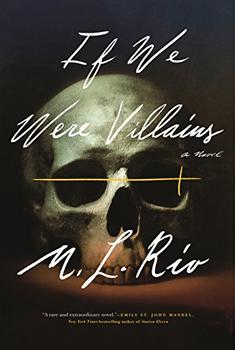 If We Were Villains by M. L. Rio If We Were Villains by M. L. Rio Publisher: Flatiron Books
Publication Date: Apr 2017
First novel, mystery, 368 pages
Number of reader reviews: 24
Readers' consensus: 4.4/5.0 Members Say
"Could not put this book down, literally inhaled it in one and a half days! Only took time out when it was impossible to stay awake." - Katherine P. (Post Mills, VT)"Take a bit of Donna Tartt's The Secret History, plenty of Shakespearean passages, riveting prose and you have If We Were Villains. I am always awed by authors whose first works are destined to become classics. This book is no exception. The story is part murder mystery, part unrequited love story, and part tale of the consequences of obsession. All the elements one would find in one of the Bard's classics." - Diana C. (Delray Beach, FL) "I think this book will be a sur efire hit with book clubs!" - Anna S. (Auburn, AL) "This beautifully written book raises questions of loyalty, sacrifice and selfishness. And the question remains, do we adopt the role of hero or villain, or is the role assigned to us? Highly recommended." - Carol S. (Vienna, VA) More about this book | Read all the reviews Buy at Amazon | B&N | Indie
|
  Editor's Choice 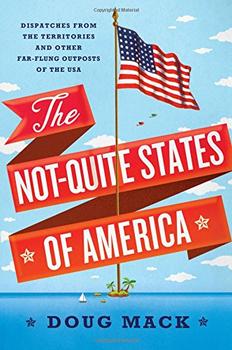 The Not-Quite States of America by Doug Mack Hardcover (Feb 2017), 336 pages. Publisher: W.W. Norton & Company. BookBrowse Rating: 4/5, Critics' Consensus: 4.0/5 Buy at Amazon | B&N | Indie It all started harmlessly enough: Doug Mack was playing around with a portfolio of quarters, one for each state, when he noticed that more slots could be filled in past Hawaii. These were the territories. When his wife, Maren, asked him what the deal was with these lands, Mack was embarrassed that he, with a college degree in American Studies, couldn't answer the question. Determined to right this wrong, he decided to learn more by visiting the five inhabited U.S. territories: Puerto Rico, Guam, Northern Mariana Islands, the U.S. Virgin Islands and American Samoa. I know what you're thinking: "It's a tough job, someone's got to do it." What follows is a mix of travelogue and history, peppered with anecdotes from fellow travelers and locals who Mack meets along the way: a different kind of all-American road trip if you will. Readers expecting a jaunty Bill Bryson style of travel writing, especially to the sunlit tropical climes, will certainly get plenty of long soaks in pristine waters along the way. In one breathtaking paragraph, for example, Mack describes rinsing soap off his face under an outdoor shower in American Samoa only to look up through the tree branches to be rewarded with a stunning view of the Milky Way. But Mack goes beyond the familiar tiki bar and drinks in hollowed out pineapples tropes to explore the history of American expansionism. At the turn of the twentieth century, the United States, fresh on the heels of a stronger federal government after the Civil War, wondered if it should annex other colonies. After all, it had been watching the Europeans doing so. The quick answer was: yes. In short order, the U.S. annexed Hawaii, and then claimed Puerto Rico, Guam and the Philippines in the Spanish-American war, Mack writes. In a flash, American ambitions had been refocused on distant populated corners of the map .... In the end, The Not-Quite States of America proves to be an absorbing ride into the history of the United States, regions of the country beyond the "sea to shining sea" narrative that very few Americans know much about. This is Mack's greatest contribution - to give the territories their just place under the sun. That we get to go along for the turquoise waters and friendly people is icing on the cake.
Full access to our reviews & beyond the book articles are for members only. But there are always four free Editor's Choice reviews and beyond the book articles available.
|
  Beyond the Book: The Hui Panalä'au Program Every time we review a book we also explore a related topic, such as this article for The Not-Quite States of America by Doug Mack: Imagine b 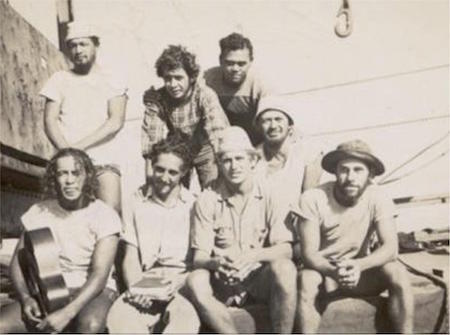 eing sent to a remote island just to populate it so that your country can then call it theirs. The Hui Panalä'au program did just that, as Doug Mack describes in The Not-Quite States of America. As Japan became increasingly aggressive to its Pacific neighbors in the 1930s, the United States needed an effective way of keeping Japan's unbridled ambitions in check. It built runways and outposts on Wake Island, Midway Atoll, and Palmyra Atoll, all remote islands in the Pacific. The US also decided to lay claim to three smaller islands, Howland, Baker and Jarvis by first populating them. The U.S. Navy decided that Hawaiians would be best for this purpose and recruits were signed on from the Kamehameha School for Boys in Honolulu with a payment offer of three dollars a day to go to these islands, a five-day trip from Hawaii by boat, and set up camp. Eventually students from other schools were also signed on, for a total of 130 students. In the book, one such "colonist" bursts the bubble about these being trips to lush islands: "They were flat, barren...There's scrub brush and birds, that's all," he says. There were groups of five, rotating every couple of months and some signed on for additional rotations. These islanders' job was to keep daily logs of how they were surviving, growing food and fishing, and taking samples of flora. As the tension in the Pacific built up, they were to file reports with the Navy, their immediate bosses, about Japanese ships passing nearby. After a year of being occupied in this manner, the United States decreed that these remote islands were the country's sovereign property, a move that would prove wise when, after the Japanese bombing of Pearl Harbor, the U.S. officially set up a military base on Baker Island ...
|
  Editor's Choice  Dust Bowl Girls by Lydia Reeder Hardcover (Jan 2017), 304 pages. Publisher: Algonquin Books. BookBrowse Rating: 4/5, Critics' Consensus: 4.2/5 Buy at Amazon | B&N | Indie I'm giving Lydia Reeder's Dust Bowl Girls, about a 1930s women's amateur basketball team and their gristly coach, high praise. From me - a person who closes her eyes and ducks when a ball is thrown to her - this is significant indeed. But I was immediately taken by Coach Sam Babb, Reeder's distant relative, who devoted his life to women's basketball and to developing a trophy winning women's basketball team during the early years of the Great Depression. It's possible that Reeder has romanticized this larger than life figure due to his professional accomplishment, but he's also an easy hero to like. Born in 1891 to a fire-and-brimstone preacher, Sam lost his leg at his father's cruel and unyielding own hand while protecting younger siblings from the man's scorn. He eventually questioned the God his father portrayed and turned, instead, to the one portrayed by his more gentle-natured elder brother. Ultimately Sam decided, "the God that people imagined inside themselves, whether judgmental and punishing, or loving and compassionate, must reflect the emotions they lived with everyday." This was a decision that guided his life. Sam became a unique combination of strength tempered by compassion - especially while working with the young women he recruited for his team, the Oklahoma Presbyterian College Cardinals. ... He knew the kind of hardships these young women had grown up in, how they got up in the dark to milk cows, drive plow horses, haul feed for cattle and help with household chores. All while going school. All while stealing spare moments to exercise their passion: playing basketball. They, more likely than not, honed their skills on hard dirt courts, under searing sun, or in bitter cold. ... continued Full access to our reviews & beyond the book articles are for members only. But there are always four free Editor's Choice reviews and beyond the book articles available.
|
 Beyond the Book: Feed Sack Fashion
Every time we review a book we also explore a related topic, such as this "beyond the book" article for Dust Bowl Girls by Lydia Reeder
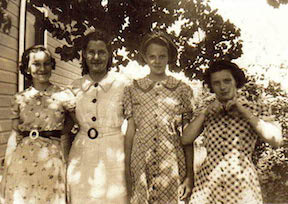 In Dust Bowl Girls, Lydia Reeder notes that many, if not all, of the young women who lived on their families' Oklahoma farms wore dresses made from flour or feed sacks. At the time, before the ready availability of store bought or bakery products, farm women bought their flour in sacks of 25-100 pounds. Feed came in hundred pound sacks. These sacks were commonly made of cotton. So when funds for clothing became tight, thrifty and inventive homemakers used everything at hand, including the fabric left empty after the flour or feed had been used up. They began cutting the sacks into patterns for clothing, including dresses. 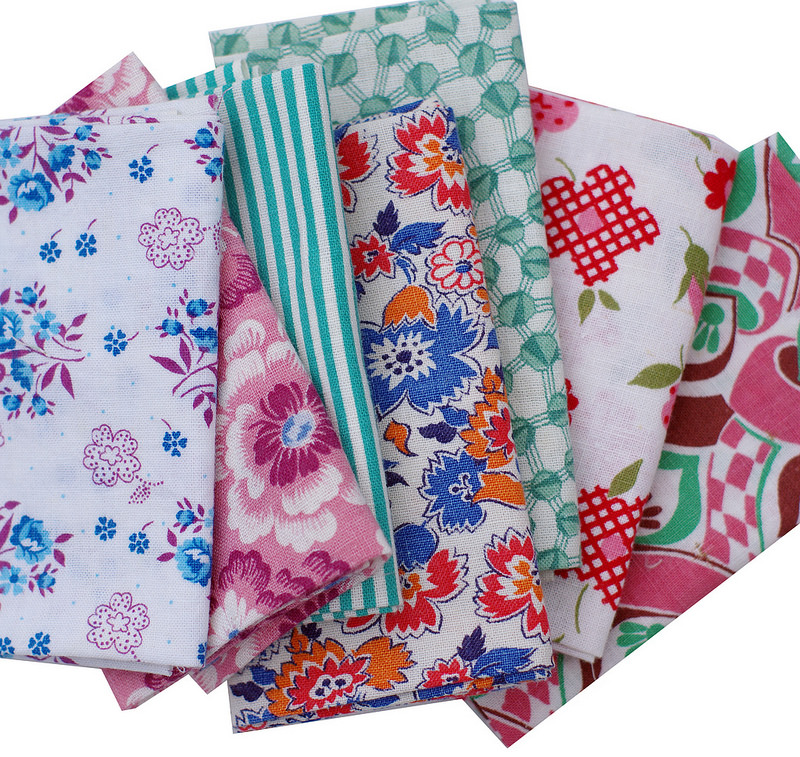 After the manufacturers learned of this creative recycling of their sack, they began including instructions for removing the dyed-in label so that the fabric could more easily be re-used. However, another practice quickly took hold. Manufacturers saw an opportunity to help those thrifty homemakers by printing the sacks with brightly colored patterns, such as flowers and geometric shapes. ... continued
|
 Wordplay
Solve our fiendish Wordplay puzzle, and be entered to win the book of your choice!
This week's Wordplay: Solve this clue: "S F A R Day" Enter now
The answer to last Week's Wordplay: O My D B
"Over My Dead Body"
Meaning: I will not allow that to happen
This phrase appears to date back to the early nineteenth century. It is almost always used in the first person, even in reported speech. For example:
"The official rhetoric from the business community toward any tax increase continues to be an over-my-dead-body 'no'" - Boston Globe, 1989 |
 Pulitzer Awards
Apr 10 2017 Colson Whitehead has won the Pulitzer Prize for Fiction for The Underground Railroad.
The General Nonfiction prize went to Evicted: Poverty and Profit in the American City by Matthew Desmond.
Blood in the Water: The Attica Prison Uprising of 1971 and Its Legacy by Heather Ann Thompson won the History category.
The Return: Fathers, Sons and the Land in Between by Hisham Matar won Biography; and Olio by Tyehimba Jess won the Poetry category.
|
 About BookBrowse
Get to know BookBrowse through our 4-part introductory series:
|
Your guide toexceptional books
BookBrowse seeks out and recommends the best in contemporary fiction and nonfiction—books that not only engage and entertain but also deepen our understanding of ourselves and the world around us.
|